FIELD WORK
![]()
![]()
![]()
![]()
![]()
![]()
![]()
![]()
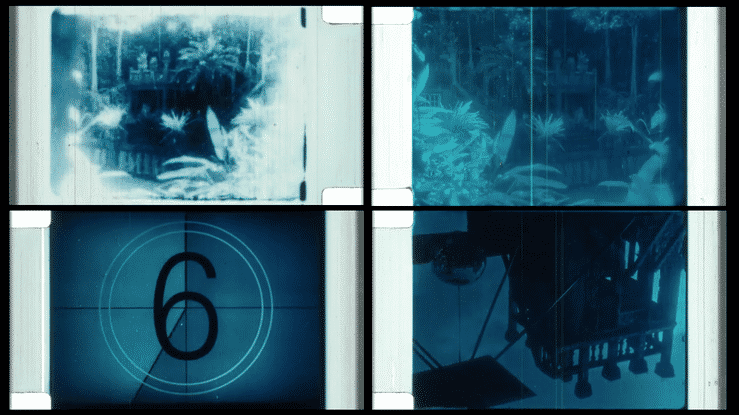
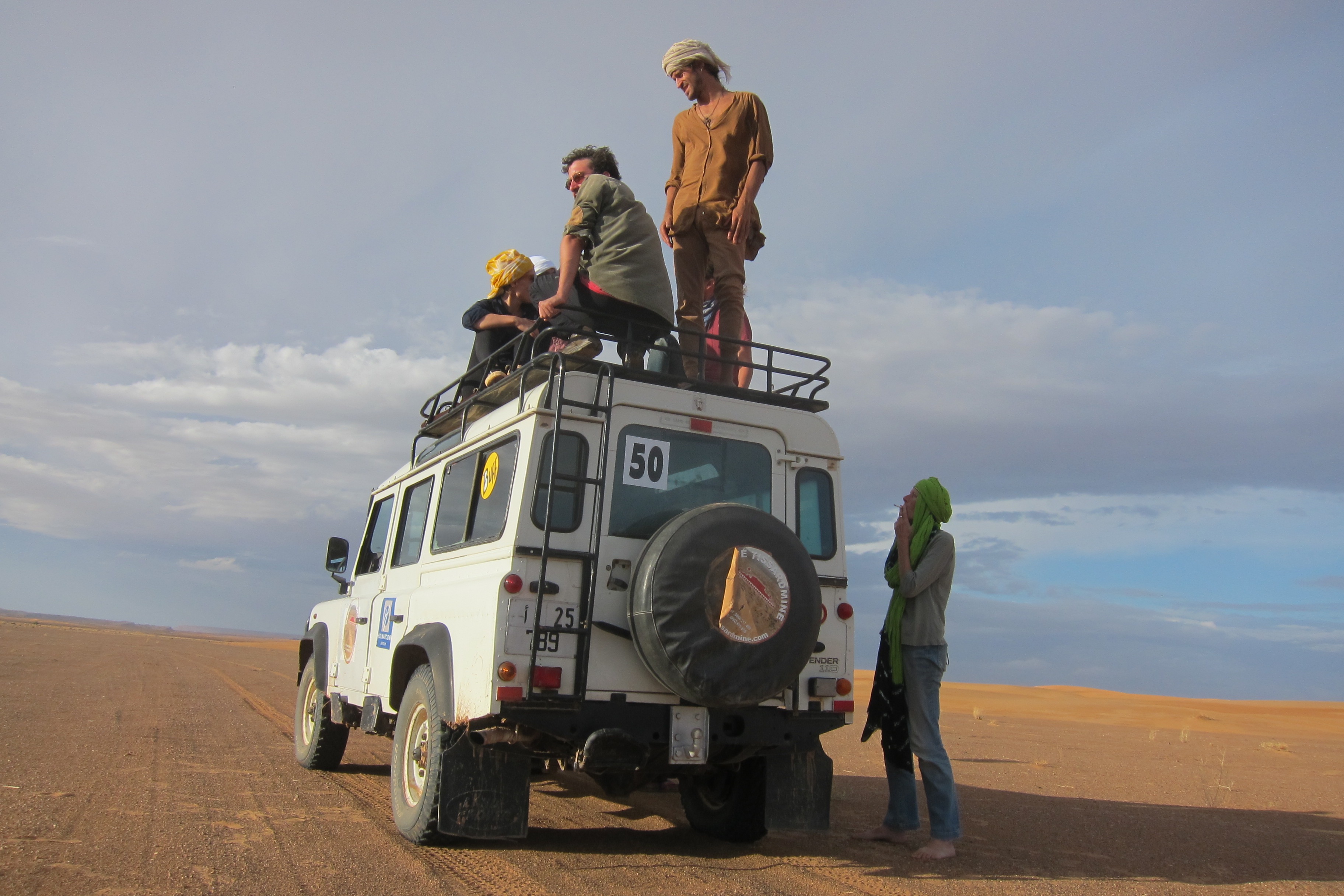

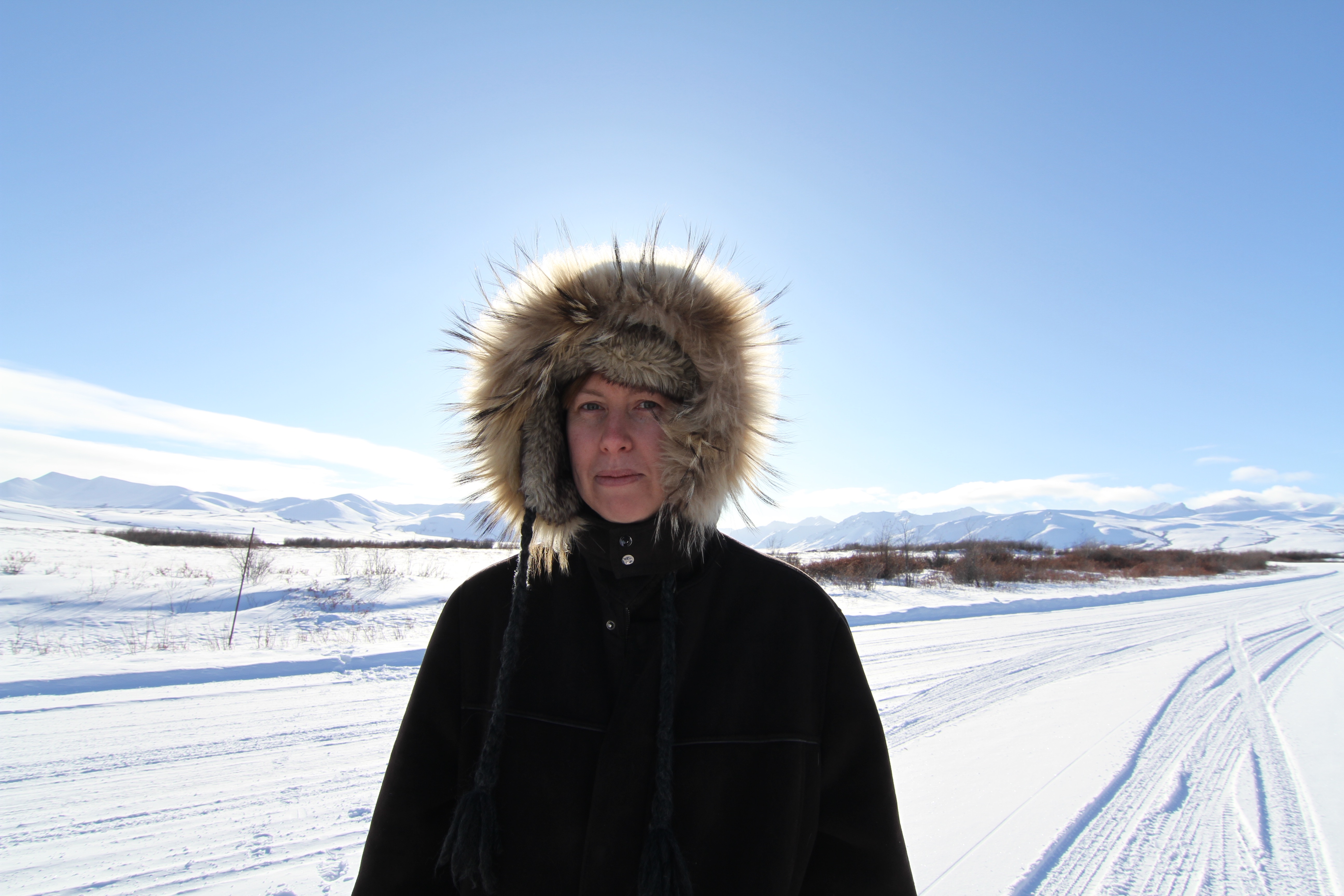

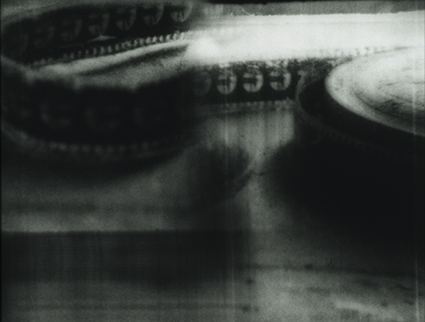
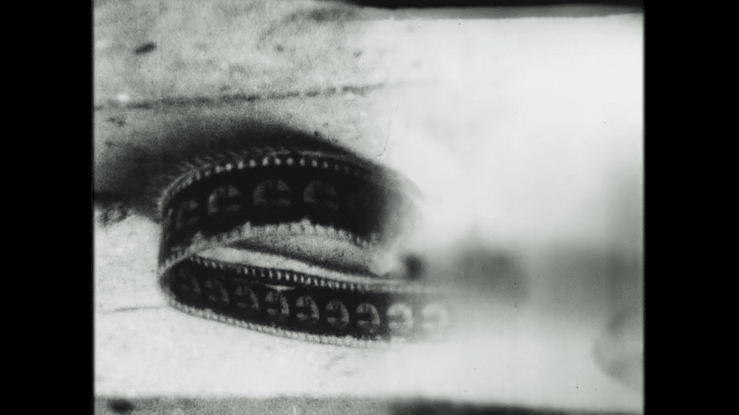
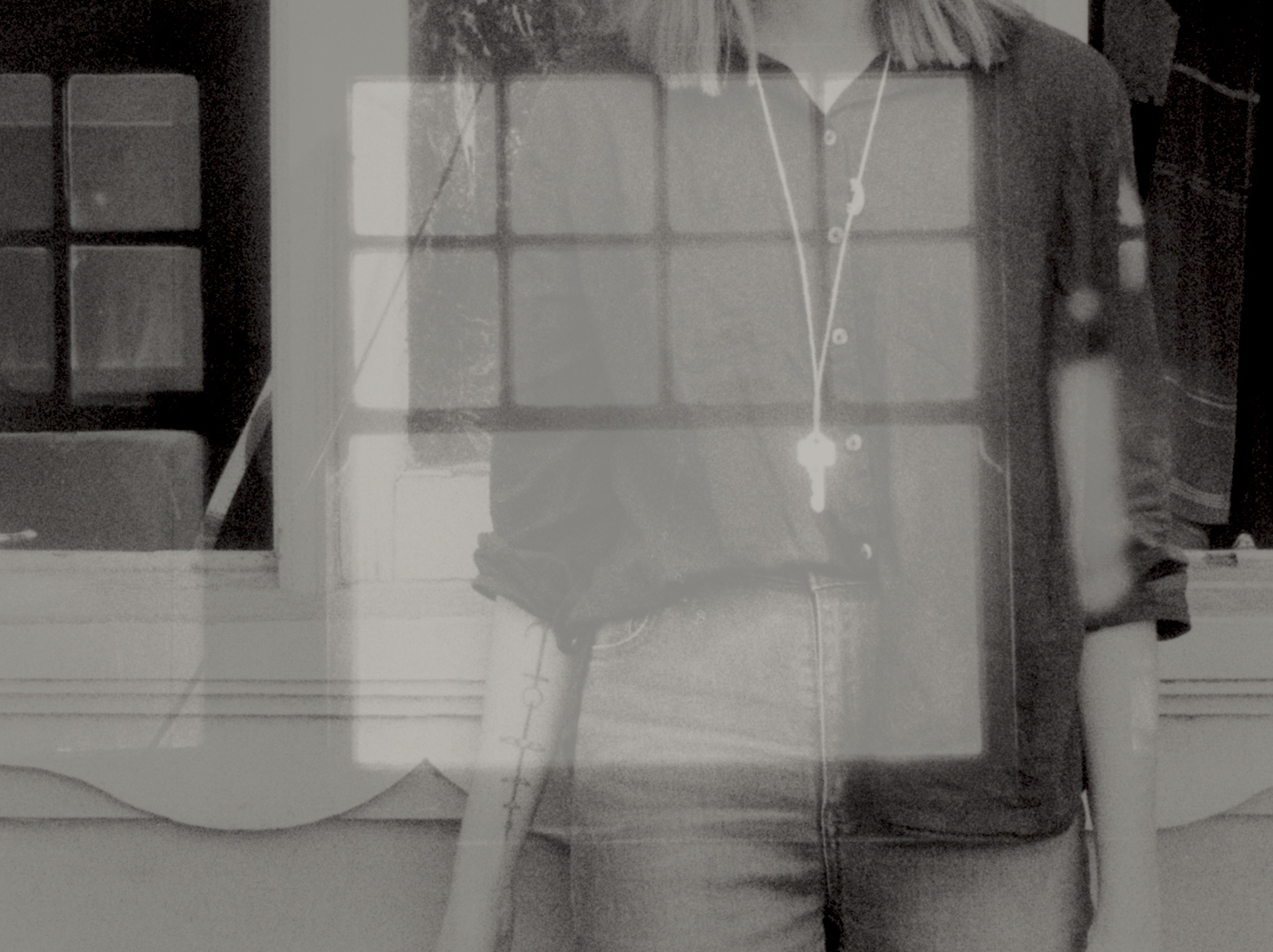 Relational Listening: sound and (16mm) field recordings
Relational Listening: sound and (16mm) field recordingsWhile historically embalming corpses to some degree existed in the Middle Ages, the mass appeal emerged in the mid 19th century when 11 patents were granted between 1856-1869 coinciding with the American civil war (Sterne, 2003). This Christian practice of preserving also coincided with the invention of recording of sound for ethnographic or funereal purposes, “Both transform the interiority of the thing (body, sound performance) in order that it might continue to perform a social function after the fact.” The ‘record’ was at first ephemeral on fragile materials that deteriorated quite quickly before technological advances guided recordings to become archival. It was used by the Western Bourgeouise and Victorian families to recall the voices of deceased family members or for a brief time for religious ministers to eulogise with sermons at their own funerals (Sterne, 2003). The phonograph was used as a recording device and became an ethnographic tool for researchers and those who aimed to document and preserve cultures, musicians, and the voices of the living (the ethics, methods, or opinions of those at the time are beyond the scope of this essay). The change over time from recording sound for preservation or historical purposes on vinyl to field recording for artistic purposes began to take shape first in the departure from musical or religious pressings through the avant garde’s reconsideration of sound and its potential (John Cage, Tony Conrad, Michel Chion et al) alongside the changes of technology over the last century across both analogue and digital media.
In contemporary art we can look to a ‘relational listening’ premise posited by Lawrence English occurring in the relatively recent sonic arts canon. Relational listening is mediated away from traditional ethnography through the ear of both the artist and the microphone during field recordings and their inherent subjectivities; the technical recording is recognised as both a process of creation and reception. In discussing English’s work, Ilmar Taimre highlights the implicitness of crafting or ‘technē’: “for Aristotle, the perceivable outcome or product of technē reveals the necessary existence of a producer or artist as ultimate cause of what is produced.” English escalates our perceptions of ‘world’ through new realms of environmental symbiosis, phenomenological affect, and the collapse or amalgam of time and space through technology - and is synonymous with the artist’s craft in contemporary field recording today.
My field work in and around Dawson City led me to a ‘missing’ film reel that was left behind after an excavation in 1978 uncovered over 500 films that were buried in Dawson City; it was the last stop for the East to West film roadshows across Canada in the early 20th century - after which films were stored or dumped. The military was involved in moving the highly flammable nitrate film reels to Library and Archives Canada and the U.S. Library of Congress for restoration and storage. In 2016 the film, Dawson City: Frozen Time was released by filmmaker, Bill Morrison and scored by Alex Somers. It used the archival footage of the Dawson Film Find (DFF) to piece together found imagery in documentary form that wove a story of the Klondike region and the associated histories of the found films. In August 2019, Bill Morrison was back in Dawson City looking for additional film reels left behind with ideas that there may be still some left in the locale of the 1978 dig or in the Yukon river where films were also dumped during the Klondike Gold Rush. When I encountered a rare missing reel in 2018 that was left behind, I filmed it on my Bolex while struck with a kind of awe. I held the film, it was heavy and on a decayed metal spool. I placed it down into the crack of light coming in from the door and in -30ºC I wound my Bolex and filmed it in detail, I moved it out to the daylight to film the decayed edges on the frames - a signature of erosion that Bill Morrison played with so intently in Dawson City: Frozen Time. I did not want to displace this reel from its liminal snow shack, and I left it, without a can in the freezing temperatures.
Using the 16mm optical printer that was temporarily in my back shed during Covid-19 (our film collective, Artist Film Workshop had to move out of a building scheduled for demolition in Fitzroy, Melbourne in April 2020), I began to run the 16mm film negative through to re-photograph it onto new 16mm film stock. I would print the moving image film over itself in layers, or implement new recursive iterations and distortions upon each frame at a time, sometimes playing with negative and positive rephotography and the pulses of time signatures per frame sequence. This made the film, Resonant Incantations of which I collaborated with Amias Hanley for sounds that they had gathered during field work, too, with the Bogong Centre for Sound Culture.
It may be that in the original act of filming and the act of frame-for-frame rephotography on 16mm film, that I mimicked a similar process to relational listening. My source material of the ‘world’ was filtered through my 1960s Bolex camera, framed by my eye, and decisions again made with technology in the reprinting and distorting of media - albeit with different technology to that of Lawrence English and Amias Hanley. In this sense, I was creating an expanded film reel, spectral and echoing. The difference of ‘relational listening’ is of course the medium of sound. The spatial, vibrational, and penetrative quality of sound is different to that of light. However, the concept of expanded cinema is not to look only to the film but to the periphery.
VIEW RESONANT INCANTATIONS